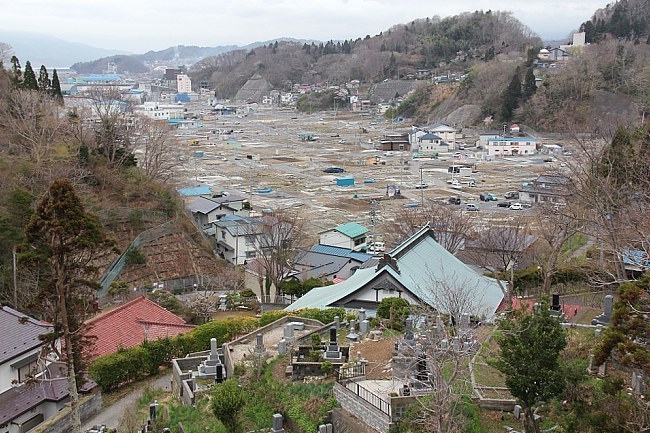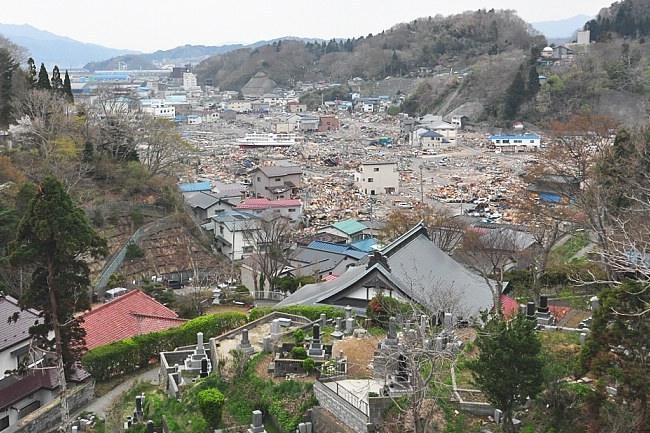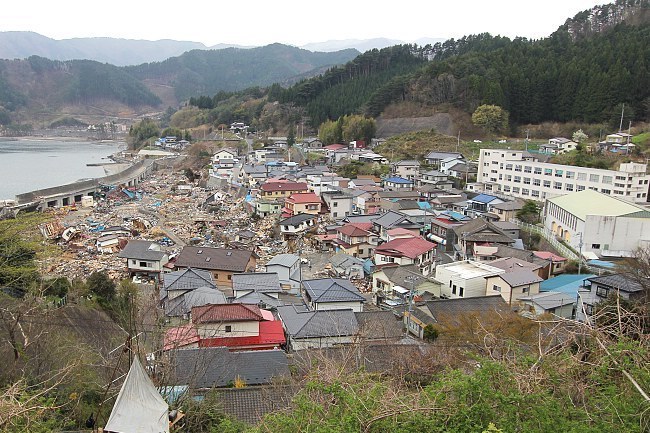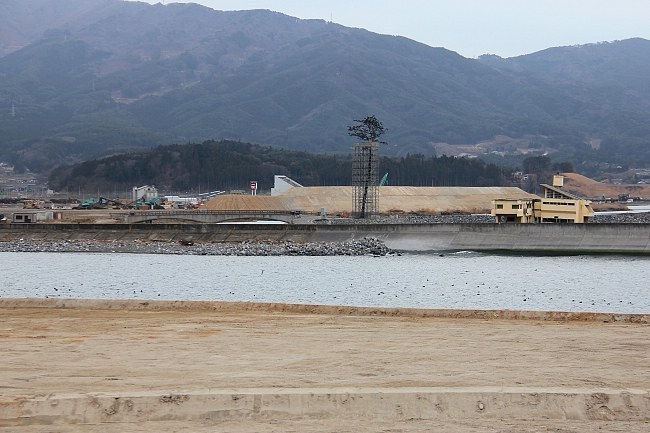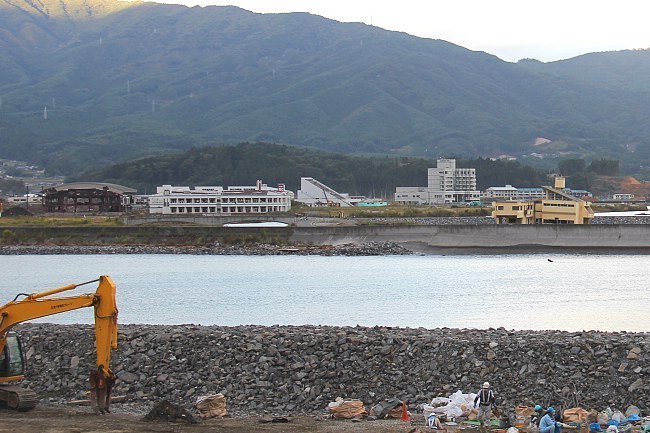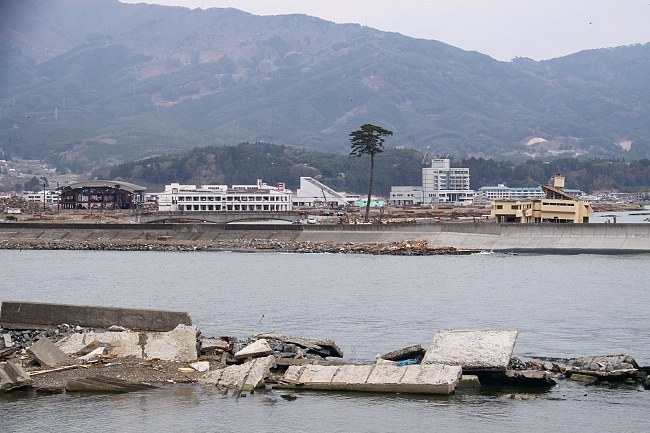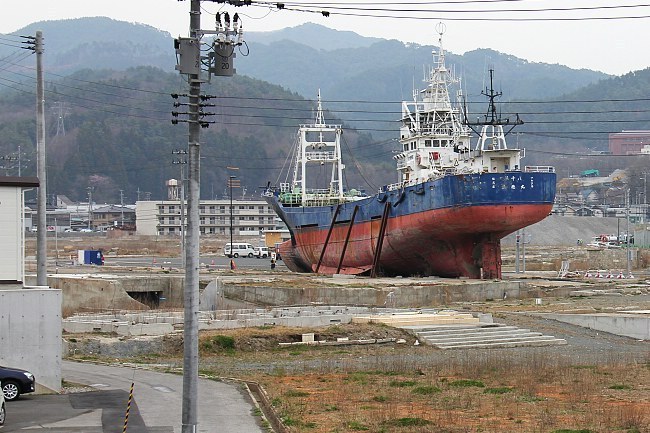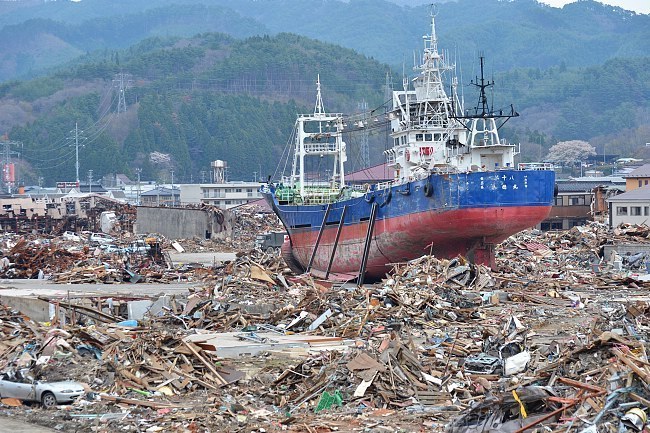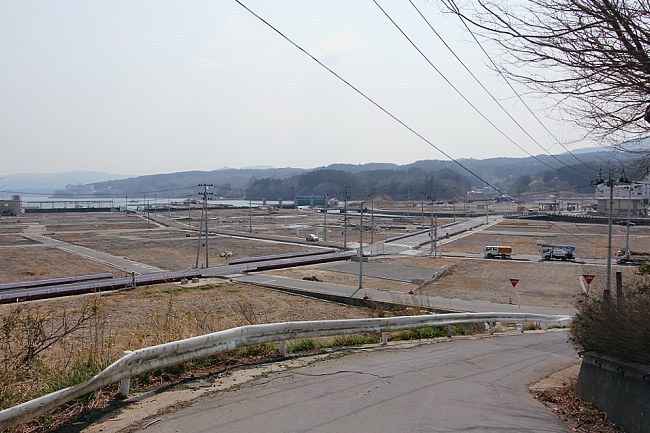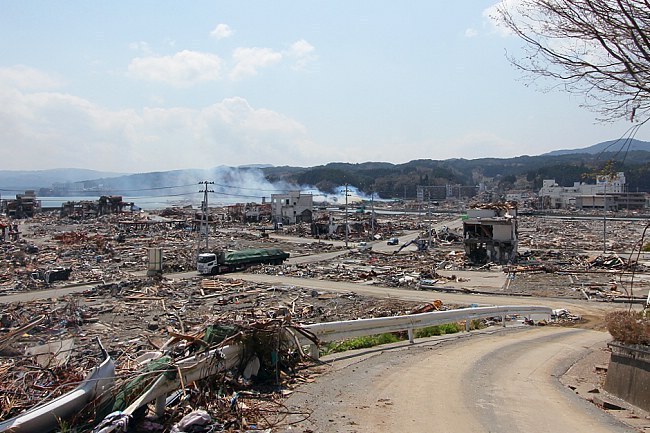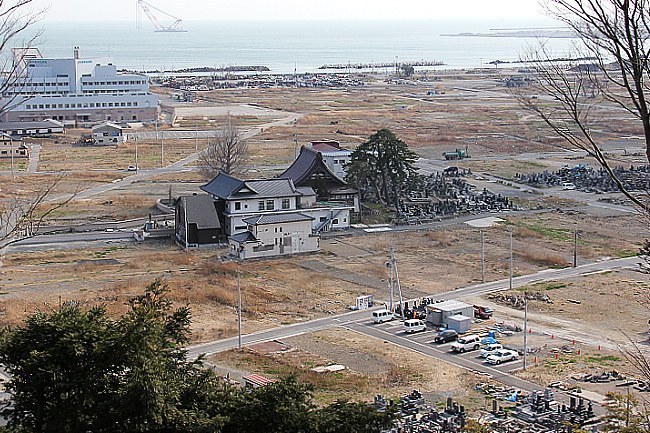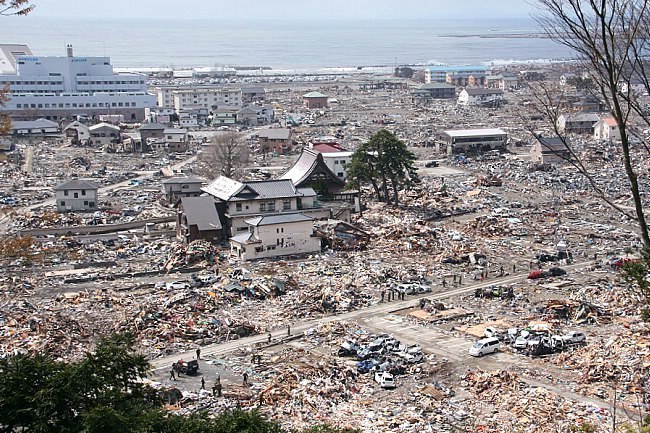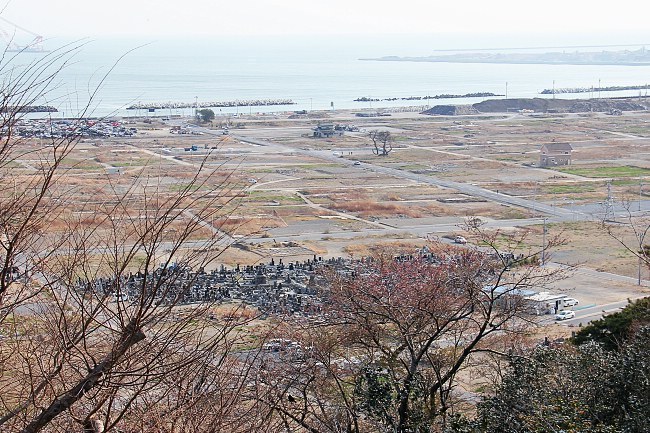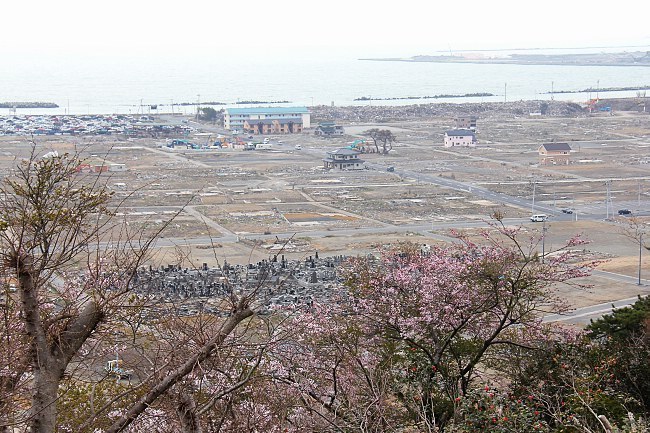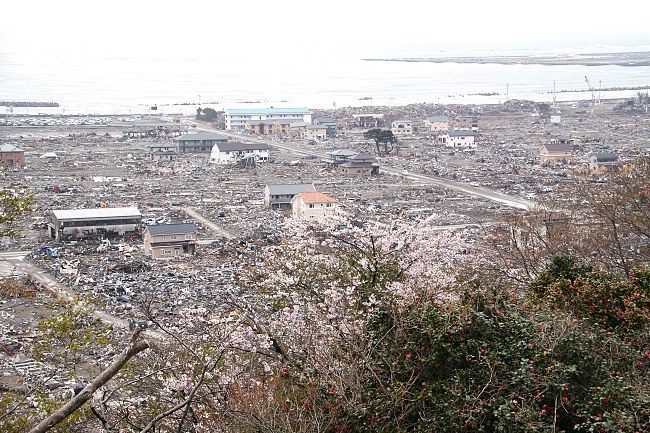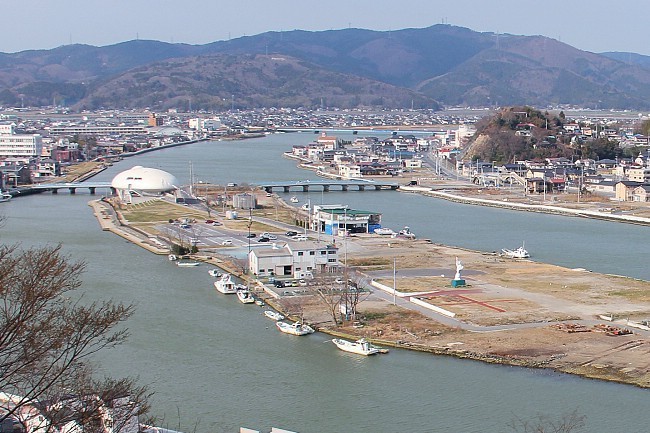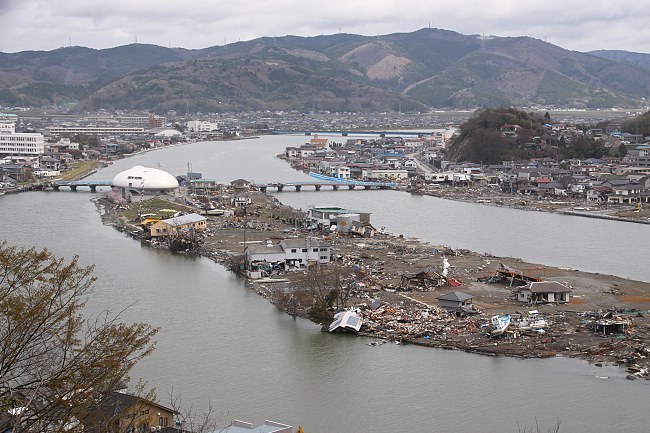Two and a half years after the tsunami
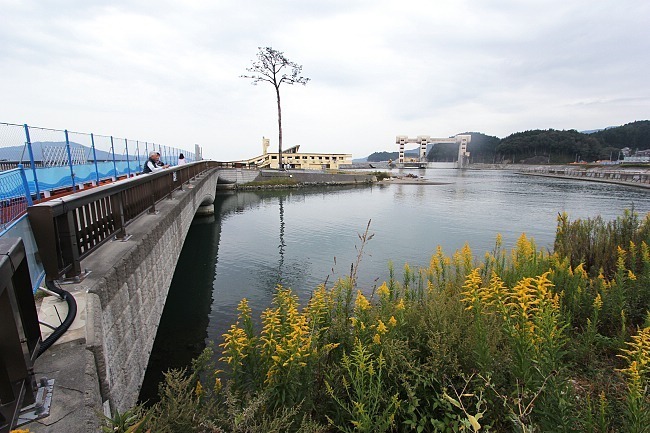
This is the sixth part (see also parts one, two, three, four and five) of an open ended series to document the recovery of the tsunami hit coast of northeastern Japan where nearly 20,000 people lost their lives, and entire towns were destroyed in the afternoon of March 11, 2011. Two and a half years after the tsunami, we revisited some of the worst hit cities along the Sanriku Coast in Miyagi and Iwate Prefectures on October 14-15, 2013.
Clean-up efforts seemed to be nearing completion, as some of the last remaining damaged structures and most mountains of debris have disappeared from the cities. Meanwhile, more and more early signs of reconstruction can be seen. Terrain is being transformed for new residential districts to be built on elevated plains. The shoreline is refortified and harbor facilities repaired.

This time we started our trip in the north around Kuji City in Iwate Prefecture and traveled southwards.



Compare: October 2013 - April 2013


Compare: October 2013 - April 2013 - April 2012 - April 2011
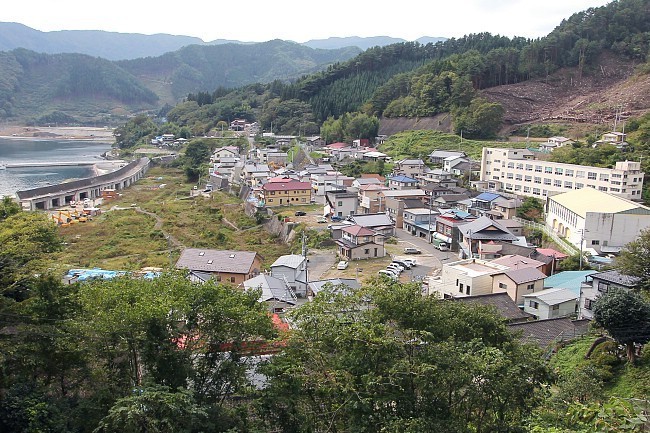
Compare: October 2013 - April 2011
Domestic tourism to the Sanriku Coast has experienced a boom thanks to the highly popular NHK morning drama "Amachan" which aired from spring to autumn this year. Set along the northern coast of Iwate Prefecture, the drama tells the story of a young woman who pursues a career as ama diver and idol. Consequently, filming locations around Kuji City have turned into popular tourist spots.




In the particularly badly hit city of Rikuzentakata, most structures have been torn down, leaving almost no sign of the former city center. The city's symbol of recovery is the "Miracle Pine", the sole tree among an entire coastal forest of pine trees that survived the tsunami. The tree has died in the meantime due to the salt in the soil, was cut down once, fortified and resurrected as a beautiful, permanent monument.




Compare: October 2013 - April 2013 - October 2012 - April 2011




Compare: October 2013 - April 2013 - October 2012 - April 2011

A large majority of the local population of Kesennuma decided in a referendum to get rid of the disaster's most striking monument, a huge ship stranded several hundred meters inland in the Shishiori district. The city government tried to preserve the ship as a monument to remember the tsunami and educate future generations, but was unable to convince its citizens who rather wanted the sight to disappear. As an outsider I can't help but feel this is a loss for the city in the long term, a little bit like Hiroshima tearing down its A-Bomb Dome.

Compare: October 2013 - April 2013 - April 2012 - April 2011

In Minamisanriku, whose entire city center was destroyed by the tsunami, a few remaining structures have been torn down since our last visit. Still standing is the skeleton of the former disaster prevention office building which has become one of the disaster's most famous symbols and attracts hundreds of people everyday as a place to remember the victims. Yet, this structure, too, is slated for destruction and may not be here anymore on our next visit in spring 2014, which would leave Minamisanriku without any major monument to remember the event.

Compare: October 2013 - April 2013 - April 2012 - April 2011

Compare: October 2013 - April 2013 - April 2012 - April 2011

Compare: October 2013 - April 2013 - April 2012 - April 2011




Along the waterfront of Ishinomaki, some large ruined buildings have disappeared since our last visit. But apart from that, there have not been any major visible changes.

Compare: October 2013 - April 2013 - April 2012 - April 2011

Compare: October 2013 - April 2013 - April 2012 - April 2011

Compare: October 2013 - April 2013 - April 2012 - April 2011

Compare: October 2013 - April 2013 - October 2012 - April 2012



